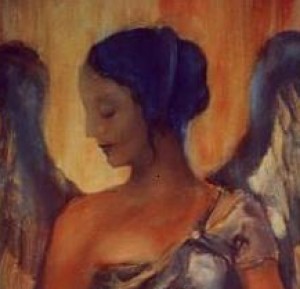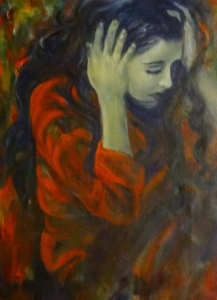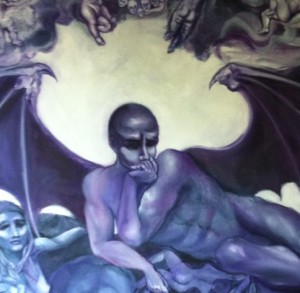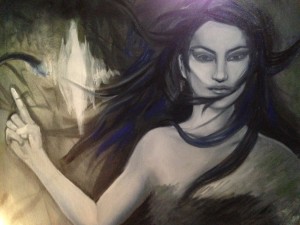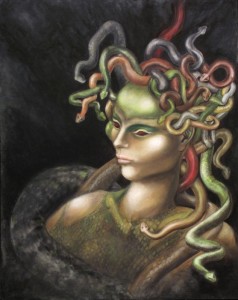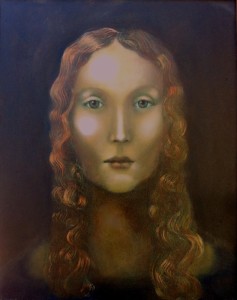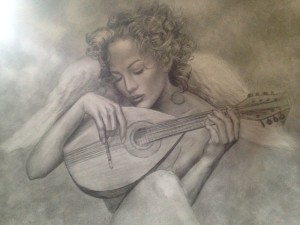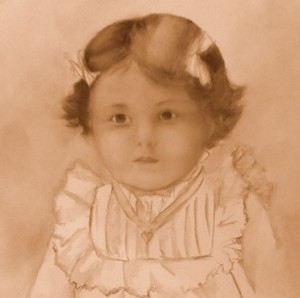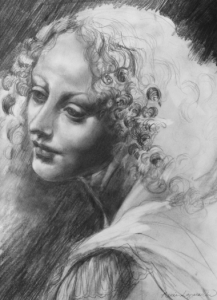Moroccan Man in Bath
Pastel, 10” x 12”, 1998 SOLD
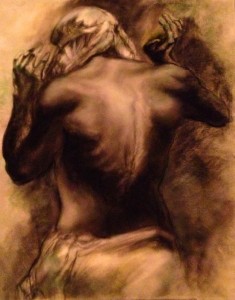
This pastel was done on a faux suede matte board, to create a soft, dreamy, diffused quality. It is as much a study of anatomy as an expression of that mysterious, masculine element that I find especially strong in Middle Eastern culture and in the Mediterranean tradition of the bath.
I love to show the human figure in natural, relaxed, and dignified poses and atmosphere, so regular while bathing. I wanted to create an ambiance that was both natural and almost supernatural – some other worldly vapor and light that is an escape from the everyday. I also wished to use a dramatic lighting that highlighted the sculpted physique of the figure.
